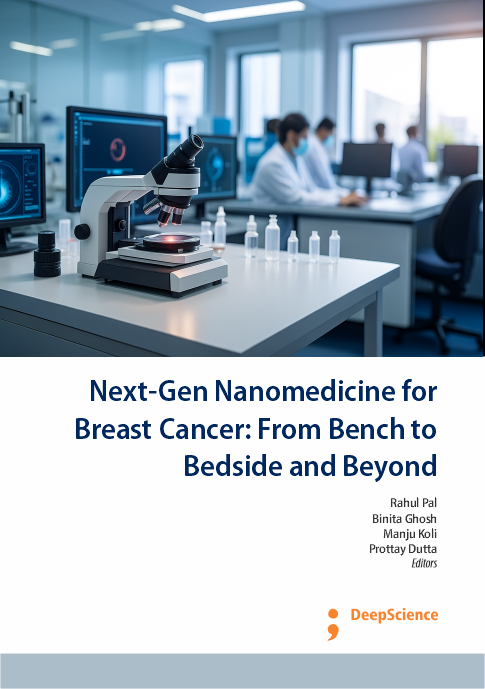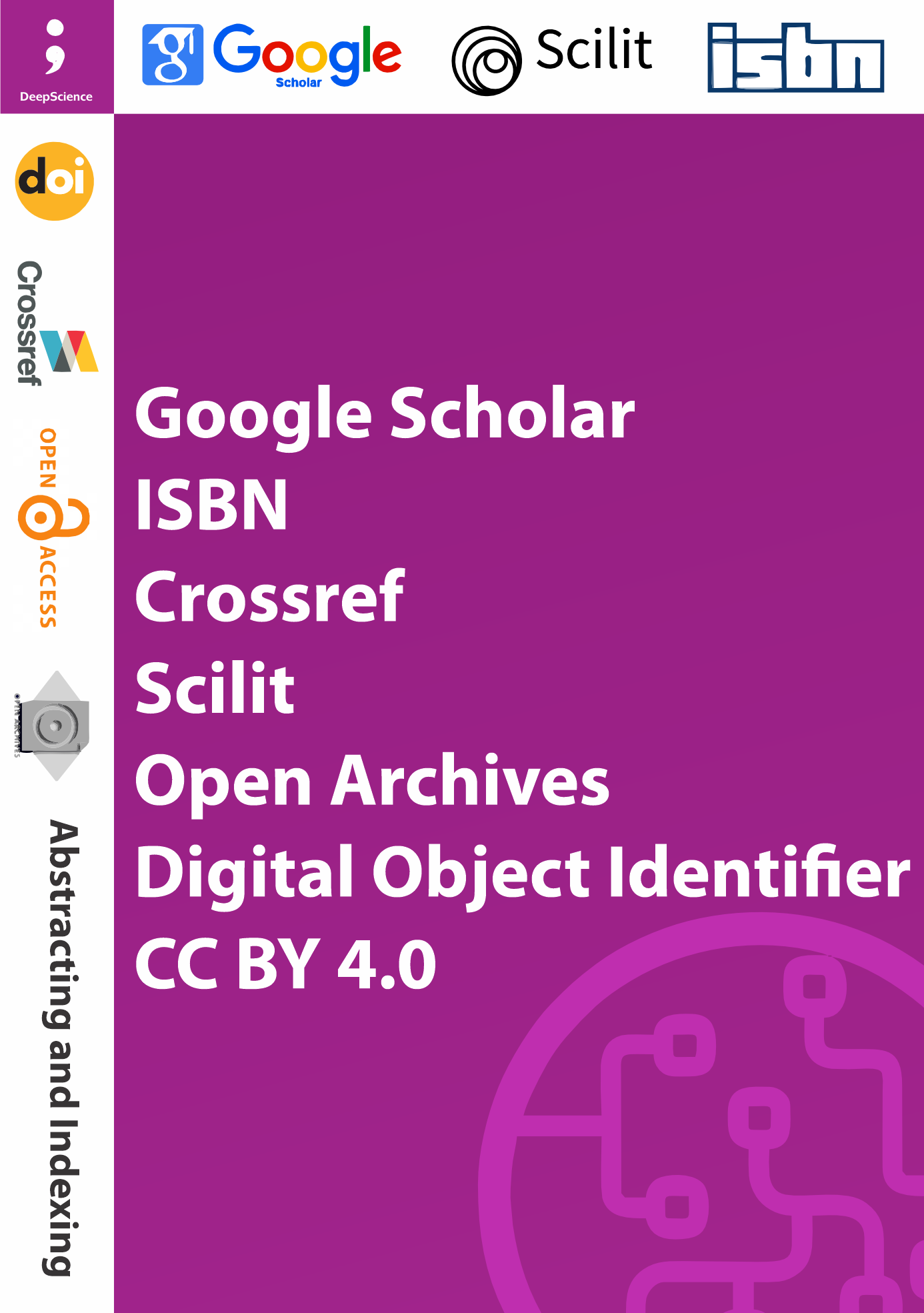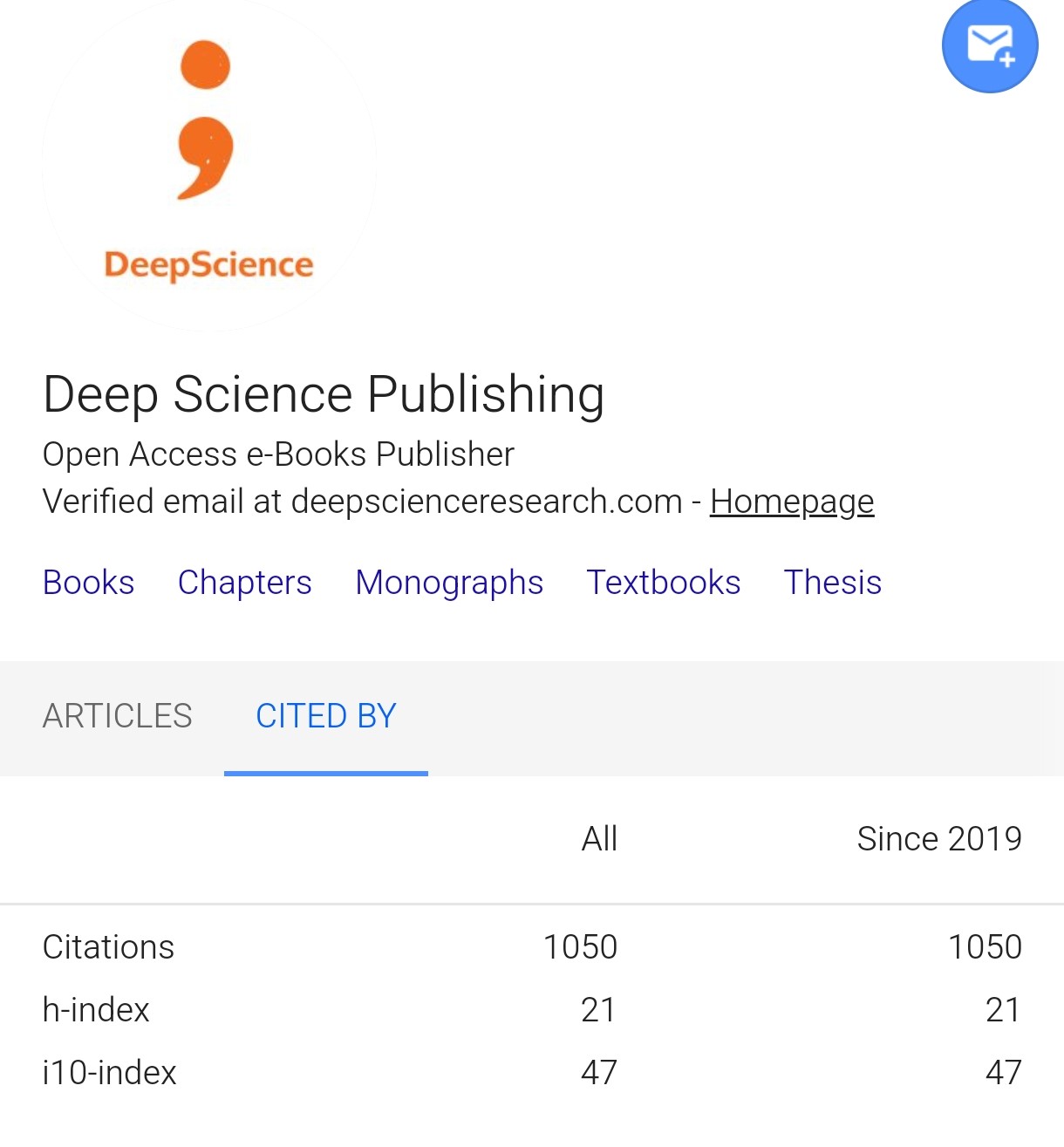Nanotechnology in Triple-Negative Breast Cancer: Overcoming Drug Resistance and Tumor Aggressiveness
Synopsis
Triple-negative breast cancer (TNBC) is one of the most challenging malignancies in oncology, characterized by aggressive biological behavior, limited therapeutic targets, and poor clinical outcomes. This chapter provides a comprehensive examination of nanotechnology-based approaches to overcome the fundamental barriers limiting therapeutic success in TNBC treatment. The unique molecular heterogeneity of TNBC, encompassing distinct sub-types with varying resistance mechanisms and aggressive phenotypes, necessitates innovative therapeutic strategies beyond conventional chemotherapy approaches. Advanced nanomedicine platforms, including lipid-based nanocarriers, polymeric systems, inorganic nanoparticles, and hybrid formulations, offer unprecedented opportunities to address drug resistance mechanisms through targeted delivery, controlled release, and combination therapeutic approaches. Strategic co-delivery of sensitizing agents, ABC transporter inhibition, cancer stem cell targeting, and stimuli-responsive drug release systems demonstrate remarkable efficacy in reversing multi-drug resistance and preventing therapy-induced enrichment of resistant populations. Nanotechnology enables sophisticated targeting of tumor aggressiveness factors, including epithelial-Mesenchymal transition, angiogenesis, and immunosuppressive microenvironments, through precise modulation of signalling pathways and cellular interactions. Theranostic platforms integrating diagnostic and therapeutic functionalities provide real-time monitoring capabilities that enable personalized treatment optimization and adaptive therapy protocols.













